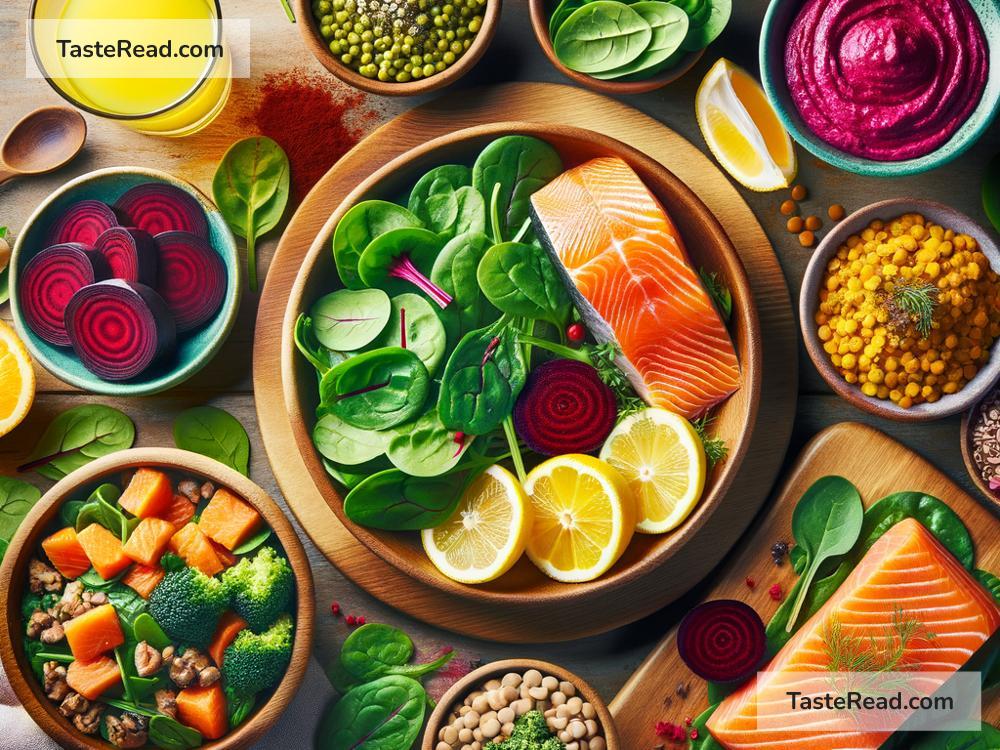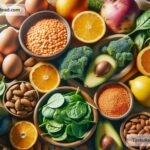Foods That Reduce the Risk of Anemia
Anemia is a common health condition that happens when your body doesn’t have enough healthy red blood cells to carry oxygen to the tissues. This can leave you feeling tired, weak, and dizzy. The most common cause of anemia is a low level of iron in the body, but it can also be caused by a lack of other nutrients like vitamin B12, folate, or copper. The good news is that certain foods can help prevent anemia or support your recovery if you already have it.
To help you stay healthy, let’s talk about some easy-to-find foods that can keep your blood healthy and strong.
1. Iron-Rich Foods
Iron is one of the most important nutrients for preventing anemia. Your body uses iron to make hemoglobin, a protein in red blood cells that carries oxygen. There are two types of iron in food: heme iron and non-heme iron.
- Heme Iron: This type of iron comes from animal sources and is more easily absorbed by the body. Foods rich in heme iron include:
- Red meat (beef, lamb, pork)
- Poultry (chicken, turkey)
-
Fish (sardines, tuna, salmon)
-
Non-Heme Iron: This type of iron comes from plant-based foods and fortified products. Though it’s less easily absorbed, you can pair it with vitamin C (we’ll explain this later) for better absorption. Non-heme iron foods include:
- Spinach and kale
- Lentils, chickpeas, and beans
- Tofu
- Fortified cereals and bread
2. Vitamin C-Rich Foods
Vitamin C plays a key role in helping your body absorb non-heme iron from plant-based foods. A simple way to prevent anemia is to pair your iron-rich meals with vitamin C. For example, eating lentils with a side of citrus fruits can make your meal even more powerful.
Here are some foods high in vitamin C:
– Oranges, lemons, and grapefruit
– Strawberries
– Kiwi
– Bell peppers
– Tomatoes
A quick tip: Try squeezing fresh lemon juice over your spinach salad or enjoy an orange after eating fortified cereal in the morning—it’s a small change that can make a big difference.
3. Folate-Rich Foods
Folate, also called vitamin B9, helps your body produce healthy red blood cells. Without enough folate, you may develop a type of anemia called folate-deficiency anemia. To avoid this, make sure to include foods rich in folate regularly.
Examples of folate-rich foods include:
– Dark leafy greens like spinach and collard greens
– Beans and lentils
– Avocados
– Asparagus
– Bananas
– Fortified cereals and bread
For an easy meal idea, whip up a lentil soup with spinach or enjoy avocado on whole-grain toast.
4. Vitamin B12-Rich Foods
Vitamin B12 is another nutrient your body needs to make red blood cells. A lack of B12 can lead to anemia, particularly in people who follow vegetarian or vegan diets, since B12 is mostly found in animal-based foods.
Foods rich in vitamin B12 include:
– Eggs
– Dairy products (milk, yogurt, cheese)
– Meat (beef, chicken, pork)
– Fish and shellfish (salmon, shrimp, clams)
– Fortified plant-based milk and cereals for vegans
If you don’t eat enough B12-rich foods, consider taking a B12 supplement or speak to your doctor for advice.
5. Foods High in Copper
Copper is a mineral that helps your body absorb iron and create red blood cells. While it’s not as commonly talked about as iron or vitamins, copper is just as important.
Foods rich in copper include:
– Nuts and seeds (almonds, sunflower seeds, cashews)
– Shellfish (crab, oysters)
– Whole grains (quinoa, barley, brown rice)
– Dark chocolate
A handful of nuts or a serving of seafood can give your body the copper it needs.
6. Avoiding Foods That Block Iron Absorption
Some foods make it harder for your body to absorb iron, especially non-heme iron from plants. While you don’t need to completely avoid these foods, it’s a good idea to limit them during meals high in iron.
Foods that block iron absorption include:
– Coffee and tea (due to their tannins)
– Dairy (calcium can compete with iron)
– Whole grains (phytates can interfere with absorption)
If you love coffee or tea, have it between meals instead of alongside your food. Similarly, save your glass of milk for snacks rather than pairing it with an iron-rich lunch.
Final Thoughts
Anemia is a condition that can be prevented or managed simply by making smart food choices. By eating more iron-rich foods, pairing them with vitamin C, and including essential nutrients like folate, B12, and copper, you can reduce your risk of anemia and stay energized. Remember, variety is key—try to mix animal-based and plant-based foods to enjoy a balanced diet.
If you’re concerned about anemia, talk to a doctor or dietitian. They can help you create a meal plan tailored to your needs. Take small steps every day, and your body will thank you for providing the nutrients it needs to thrive.
Now that you know how to eat to prevent anemia, grab a handful of spinach, some beans, or a piece of salmon, and let your healthy journey begin!


